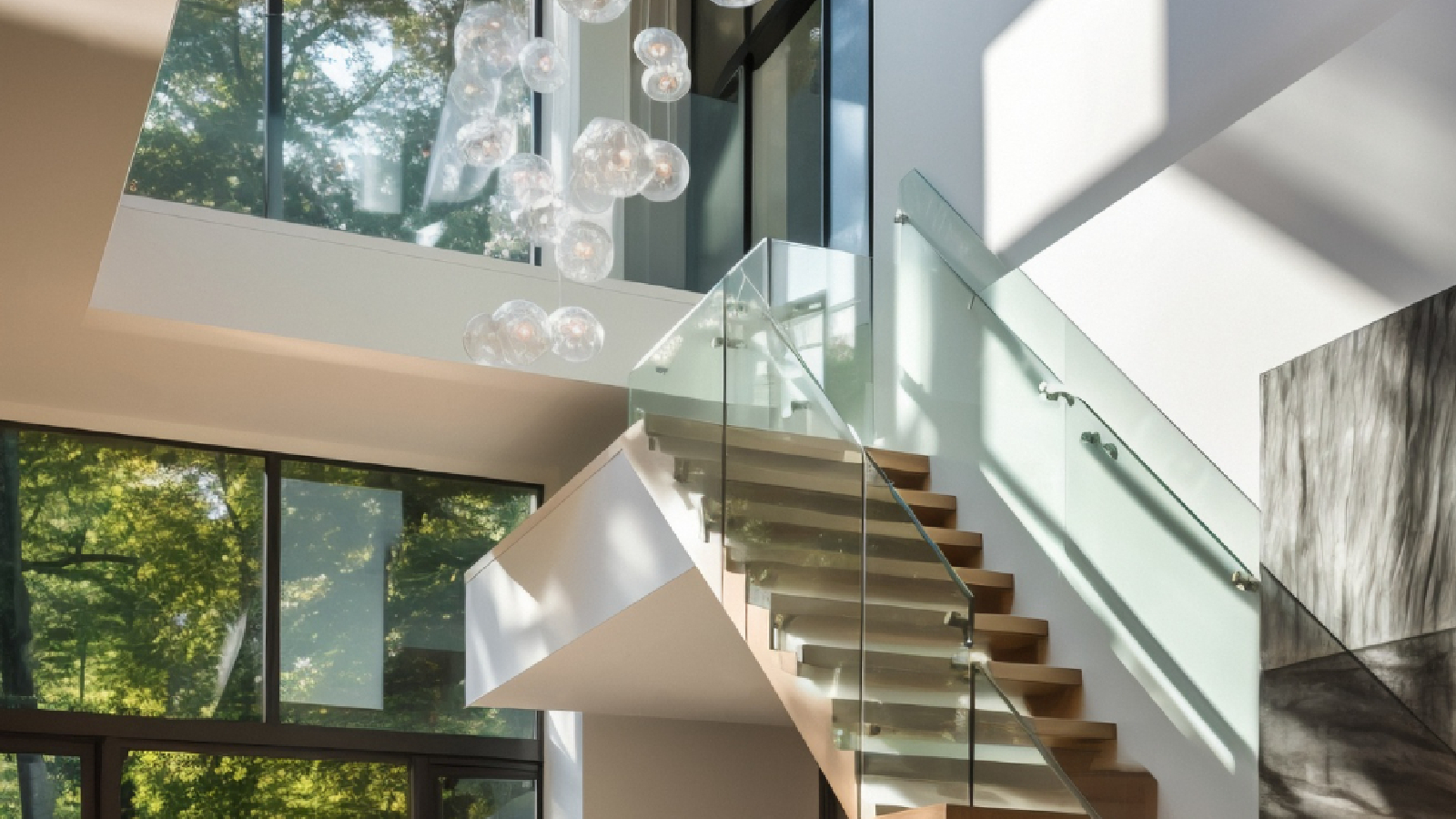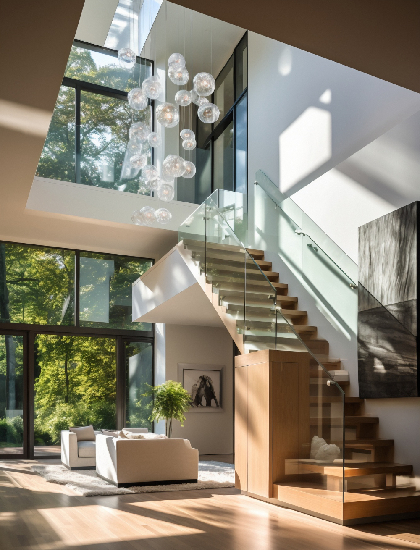
Renovating a villa in Dubai is often seen as an exciting adventure an opportunity to breathe new life into your space and finally bring your dream home to life. Whether you're upgrading for more comfort, improving functionality, or simply modernizing an older property, a villa renovation can be incredibly rewarding. But as many homeowners in Dubai eventually find out, it’s also full of potential missteps.
Between strict building regulations, climate-specific challenges, and the desire for perfection, even well-planned renovations can go off track. The good news? Many of these issues are completely avoidable with the right preparation and mindset.
Here are five common renovation mistakes you’ll want to steer clear of if you're planning to upgrade your villa in Dubai.
1. Skipping the Approval Process
Let’s face it paperwork and permits aren’t exactly the most exciting part of renovating. But in Dubai, ignoring approvals is one of the quickest ways to delay (or even shut down) your project. Different communities have different rules. Whether you live in an Emaar, Nakheel, DAMAC, or Meydan community, there are very specific processes in place. This includes everything from getting NOCs (No Objection Certificates) to following structural guidelines even for things that might seem minor, like facade paint or fencing.
What often goes wrong?
Homeowners assume small changes don’t need approval, or they rely on contractors who aren’t familiar with the developer’s rules. That often leads to fines, delays, or having to redo completed work.
How to avoid it:
Always check with your community management or hire a renovation company that knows the local approval process inside out. Starting with the right permits avoids legal headaches down the line.
2. Underestimating the Real Budget
A common trap many villa owners fall into is setting a budget based solely on surface-level upgrades new flooring, a fresh kitchen, or retiling the bathrooms. What they often miss are the hidden or unexpected costs.
Upgrading old wiring or plumbing
Custom carpentry or joinery
Changes required by city codes
Delays or material price fluctuations
The result?
You run out of funds halfway through, or you’re forced to compromise on finishes and quality just to stay within budget.
What helps:
Be realistic. Add a buffer of at least 15% to your estimated cost for the unexpected. Get detailed quotes, not ballpark figures, and break them down by phase. It’s also a good idea to prioritize your “must-haves” versus your “nice-to-haves” before committing to everything.
3. Poor Space Planning
It’s easy to get caught up in how you want your space to look and forget how it will function. A mistake we see often? Designing purely for aesthetics and overlooking how you’ll actually use the space. Maybe you install a stunning island that interrupts traffic flow, or you knock down a wall only to find out you’ve lost essential storage.
What goes wrong:
Oversized furniture in undersized rooms
Unused “dead” corners or awkward layouts
Doors and windows that clash with the new layout
Lighting that doesn’t match activity zones
The smarter approach:
Work with professionals who know how to marry design and practicality. Space planning isn’t just about fitting things into a room it’s about how people move, interact, and live in that space every day. Good layout is invisible but it makes your life easier in countless ways.
4. Letting Trends Lead the Way
Dubai is a city that embraces design innovation from futuristic facades to minimalist interiors and everything in between. It’s tempting to go all-in on the latest trends, but that can backfire if the materials or layouts aren’t suited to your lifestyle or the local climate.
We’ve seen:
Wooden floors that warp due to humidity
Floor-to-ceiling windows with no heat protection
Furniture that looks great but isn’t comfortable
Trendy colors or finishes that go out of style in a year
The takeaway?
Trends are great for inspiration, but your home should be designed for you. Think about comfort, climate, and longevity. If you love a trend, use it in small, easy-to-update ways like accessories, lighting, or wall paint not permanent fixtures.
5. Not Hiring a Project Manager or Design-Build Firm
You might think managing the renovation yourself will save money. But unless you have experience coordinating contractors, sourcing materials, and tracking permits and deadlines, it can quickly turn into a full-time job with lots of stress and costly mistakes.
What tends to happen:
Communication breakdown between vendors
Delays in deliveries or construction
Work done out of order or rework due to errors
Missed quality checks
The better move:
Invest in a full-service interior design or renovation firm that provides project management. They’ll coordinate all the moving parts, deal with approvals, handle timelines, and ensure everything is completed to the standard you expect. Not only does this protect your investment, but it also saves you from endless site visits and phone calls.
In Summary
Villa renovations in Dubai are a chance to upgrade your lifestyle, personalize your space, and improve your home’s value. But they also come with unique challenges especially if you go in unprepared.
Avoiding these five mistakes skipping approvals, underestimating costs, poor space planning, blindly following trends, and DIY project management can make the difference between a frustrating experience and a flawless transformation.
The secret? Partner with professionals who understand the local rules, climate, and lifestyle. When done right, your renovated villa will not only look spectacular it’ll feel like home in all the ways that matter most.
